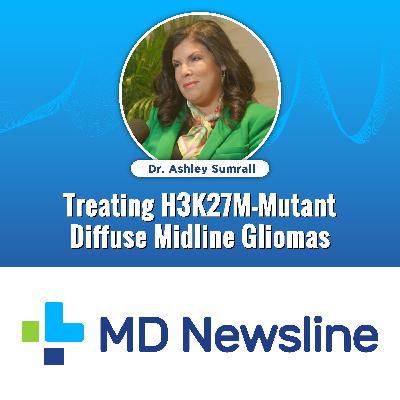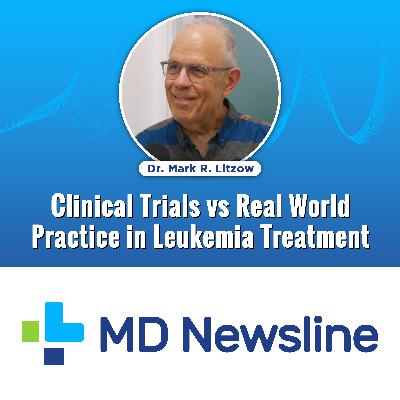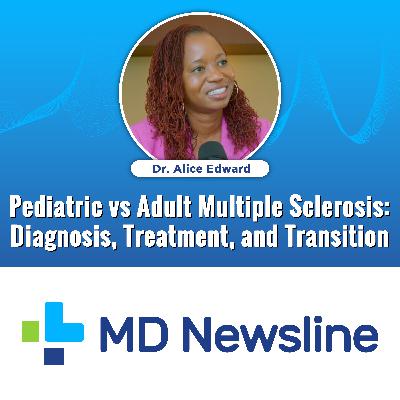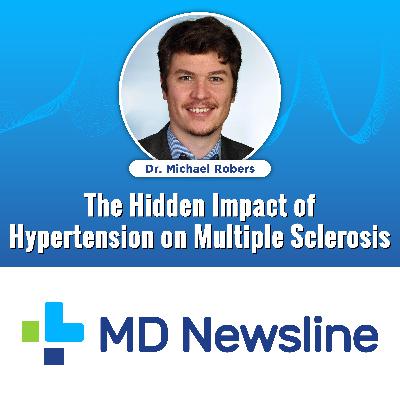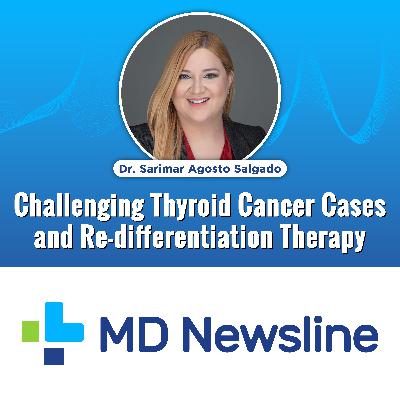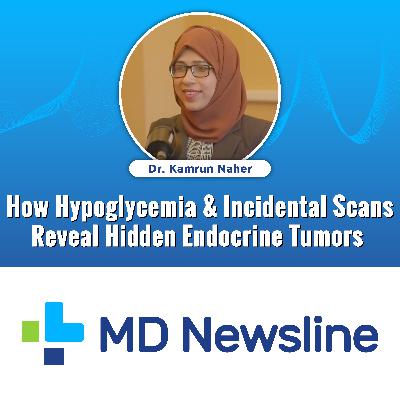Treating H3K27M-Mutant Diffuse Midline Gliomas
Description
In this episode of MD Newsline, Dr. Ashley Sumrall, a neuro-oncologist and Section Chief at Atrium Health Levine Cancer Institute, shares groundbreaking insights into the treatment of diffuse midline gliomas with the H3K27M mutation. Dr. Sumrall presents data from pediatric and adult studies using Dordaviprone (ONC201), highlighting its promising response rates and tolerability. She also discusses the evolving role of AI in neuro-oncology, the value of multidisciplinary care, and the need for advocacy in biomarker access and healthcare policy.
Episode Highlights:
Advancements in Treating Rare Brain Tumors
Dr. Sumrall introduces updated clinical findings on Dordaviprone for diffuse midline gliomas, a rare and aggressive brain tumor affecting children and young adults. The combined adult and pediatric studies showed a 20% overall response rate and minimal serious side effects, offering a new sense of hope in an area with limited treatment options.
Pediatric-Adult Trial Integration
She explains the rationale for combining data from adult and pediatric studies due to the rarity of the disease and evolving definitions of pediatric age groups. This integrated approach offers valuable insights into treatment effectiveness across the age spectrum.
Promise of AI in Neuro-Oncology
Dr. Sumrall emphasizes how machine learning and AI tools like OpenEvidence and ChatGPT can streamline imaging analysis, assist in clinical trial design, and improve diagnostic efficiency. She foresees AI as a co-pilot in tumor boards and day-to-day clinical decisions.
Well-Tolerated Therapy and Quality of Life
Unlike many cancer treatments, ONC201 demonstrates a low side effect profile, with zero serious adverse events reported. This is especially significant for brain tumor patients who often face limited options beyond surgery and radiation.
Biomarkers and Access Challenges
She highlights the importance of biomarker testing in classifying tumors and guiding therapy. However, she warns of ongoing disparities in access due to high costs and limited insurance coverage, particularly in community care settings.
Advocacy for Research Funding and Access
Dr. Sumrall underscores the role of physician and patient advocacy in preserving NIH and NCI funding, expanding access to biomarker profiling, and supporting legislation to streamline patient care.
Collaborative Oncology Models
She describes her work in multidisciplinary tumor boards and genetic predisposition clinics, where oncologists, geneticists, and endocrinologists jointly tailor proactive care plans—an approach she believes should be the gold standard in oncology.
Key Takeaway
Dr. Sumrall reinforces that innovation in rare brain tumor treatment must be matched by advocacy, access to biomarker testing, and the adoption of AI-powered tools. The progress with ONC201 offers hope not just in extending life but also in improving the quality of life for patients once left without options.

